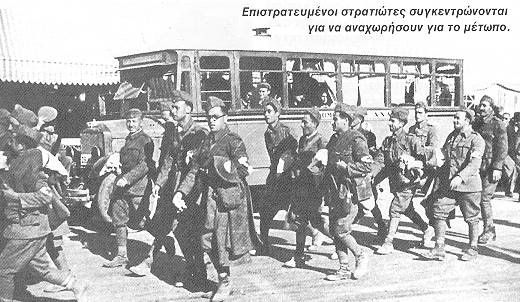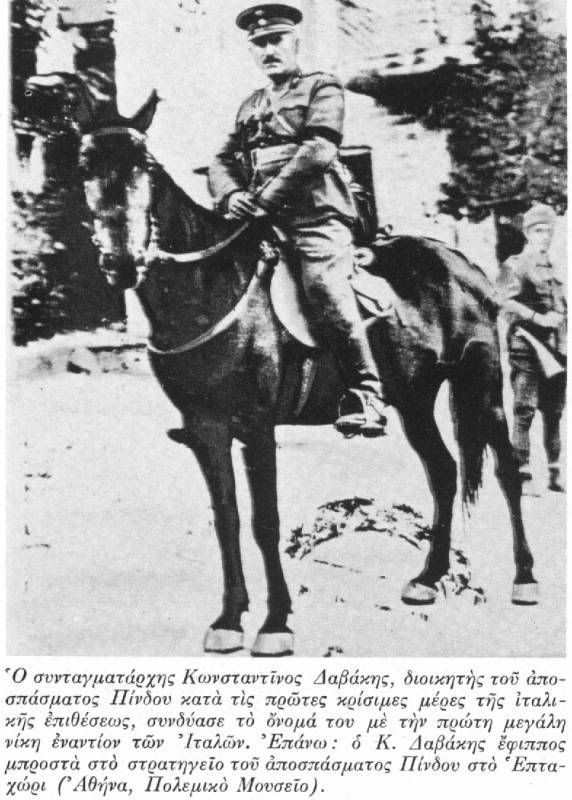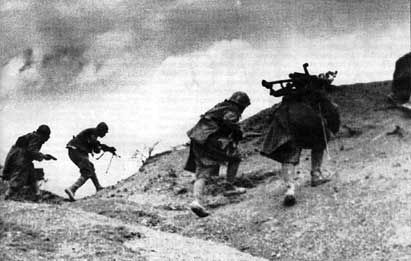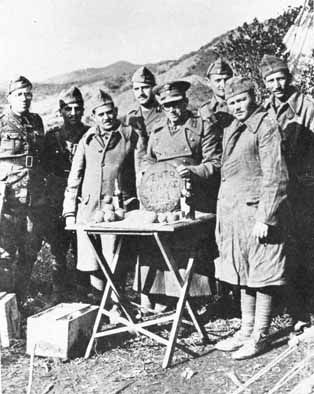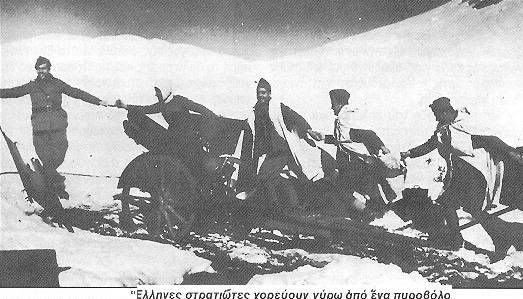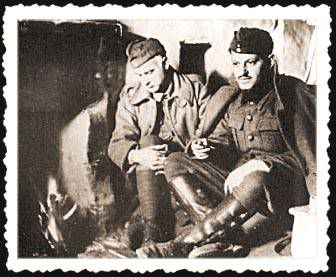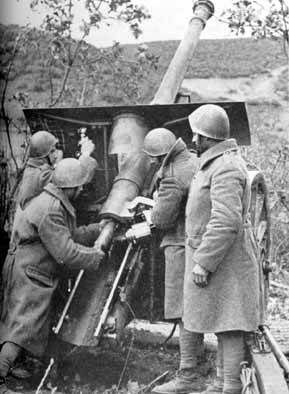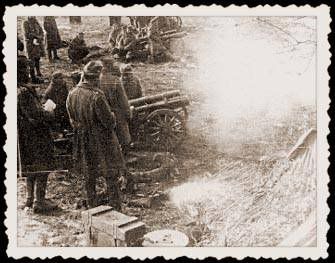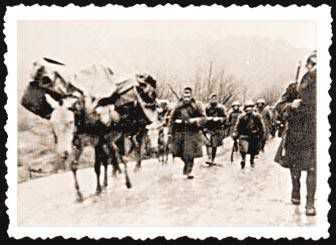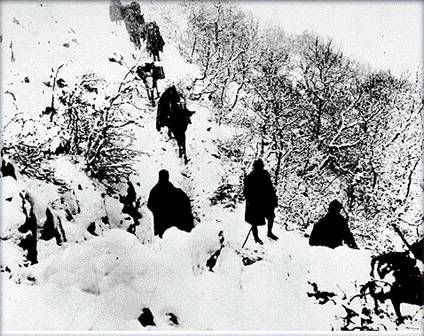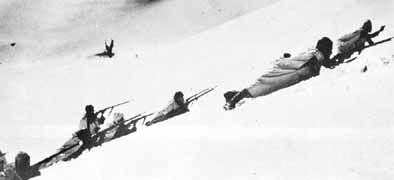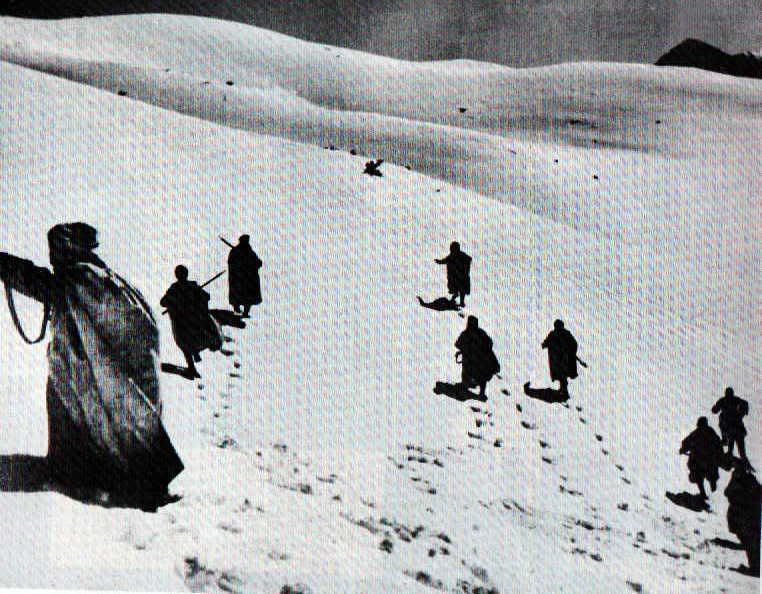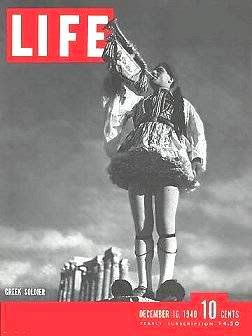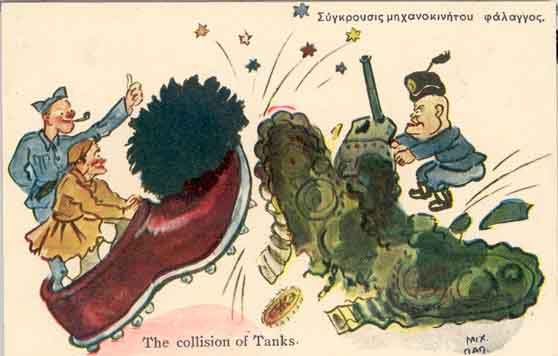The Greek Army, or “Hellenic Land Army” astounded the world when it successfully resisted an Italian invasion in October 1940. It not only arrested the Italian assault, but drove a more modern and better equipped (though poorly led) opponent back into Italian occupied Albania and maintained a stalemate until Greece ultimately fell to a German led offensive (Operation “Marita”) in 1941. This broke through the defences of the exhausted Greek Army and bundled the inadequate and overstretched allied expeditionary force out of the Greek mainland.
The Greek Army was given warning of the Italian assault and was assisted by Bulgarian neutrality and extremely poor Italian military leadership, but credit must also go to the Greeks themselves and their ability to make the most of the excellent terrain available tothem to minimise the deficiencies of their outmoded equipment.
The Greek army came to consist of over Twenty Infantry Divisions Most were raised from Brigade cadres that were supported by cavalry units and independent brigades and frontier units. Divisions were lightly equipped and often under strength, with no organic AT or AA capability. Most were grouped into Corps formations which had additional artillery and AA resources, but even with captured equipment, Greek formations continued to suffer from inadequate material and supplies.
Efforts were made to form a mechanised formation, the 19th Division, which had truck borne Infantry supported by captured L3 Tankettes (all of these were concentrated for this formation) and possibly British supplied Carriers and MkVIB Light tanks (sources differ as to whether these were available).
This formation also had limited numbers of captured Italian 47mm AT guns, 20mm AA guns, 20mm Solothurn AT rifles and Italian Field guns, either captured by the Greeks themselves, or provided by the British from stocks captured in the Desert in 1940.
source:www.battlefront.co.nz
![]()


